Crypto news: Facebook” s Libra, a new cryptocurrency is announced as a peer-to-peer payment within messenger apps. Cross-border transactions near zero fees is a major step towards the Global Brain.


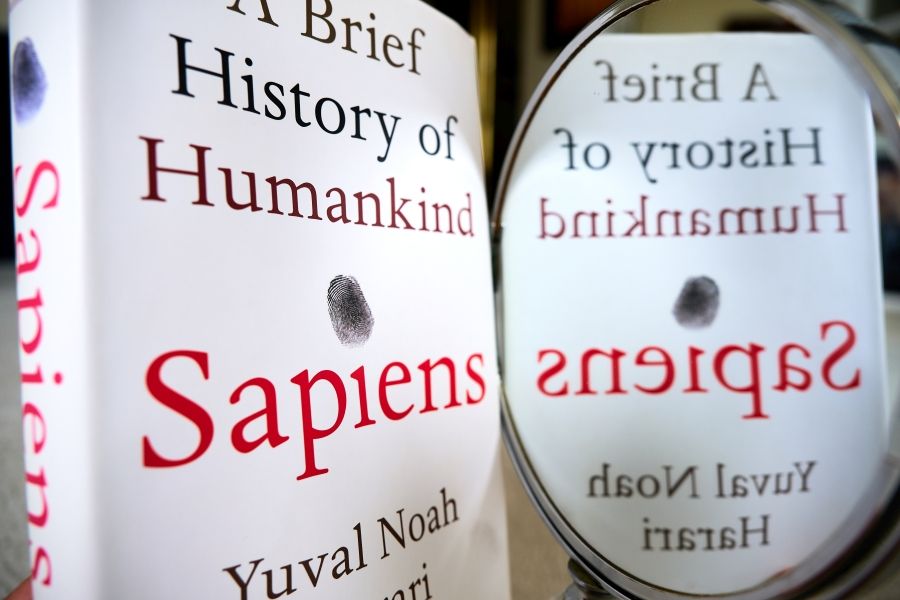
“Mirror, mirror on the wall, who’s the smartest species of them all?”
“You, oh Homo Sapiens, are smart, it is true. But AI will be smarter even than you.”
***
The most popular myth about technology is perhaps the myth that technology is a crystal ball. A crystal ball because it allegedly allows us to see the future. And to evaluate if that is indeed true, or not, we have to understand the etymology of the word technology – what it means and stands for, or at least what it used to mean and stand for.

In a new survey of the sub-seafloor off the U.S. Northeast coast, scientists have made a surprising discovery: a gigantic aquifer of relatively fresh water trapped in porous sediments lying below the salty ocean. It appears to be the largest such formation yet found in the world. The aquifer stretches from the shore at least from Massachusetts to New Jersey, extending more or less continuously out about 50 miles to the edge of the continental shelf. If found on the surface, it would create a lake covering some 15,000 square miles. The study suggests that such aquifers probably lie off many other coasts worldwide, and could provide desperately needed water for arid areas that are now in danger of running out.
The researchers employed innovative measurements of electromagnetic waves to map the water, which remained invisible to other technologies. “We knew there was fresh water down there in isolated places, but we did not know the extent or geometry,” said lead author Chloe Gustafson, a Ph.D. candidate at Columbia University’s Lamont-Doherty Earth Observatory. “It could turn out to be an important resource in other parts of the world.” The study appears this week in the journal Scientific Reports.
The first hints of the aquifer came in the 1970s, when companies drilled off the coastline for oil, but sometimes instead hit fresh water. Drill holes are just pinpricks in the seafloor, and scientists debated whether the water deposits were just isolated pockets or something bigger. Starting about 20 years ago, study coauthor Kerry Key, now a Lamont-Doherty geophysicist, helped oil companies develop techniques to use electromagnetic imaging of the sub-seafloor to look for oil. More recently, Key decided to see if some form of the technology could also be used also to find fresh-water deposits. In 2015, he and Rob L. Evans of Woods Hole Oceanographic Institution spent 10 days on the Lamont-Doherty research vessel Marcus G. Langseth making measurements off southern New Jersey and the Massachusetts island of Martha’s Vineyard, where scattered drill holes had hit fresh-water-rich sediments.
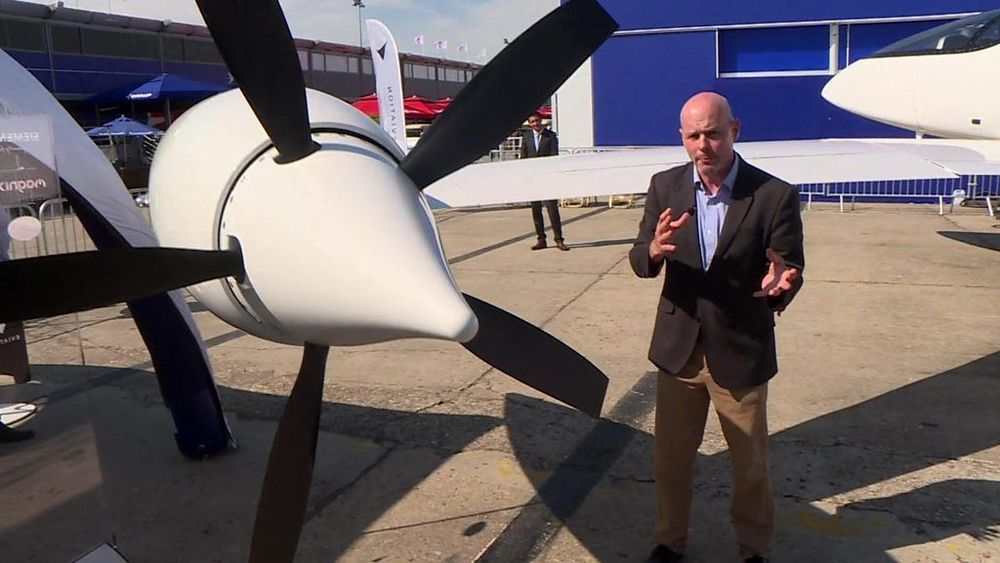

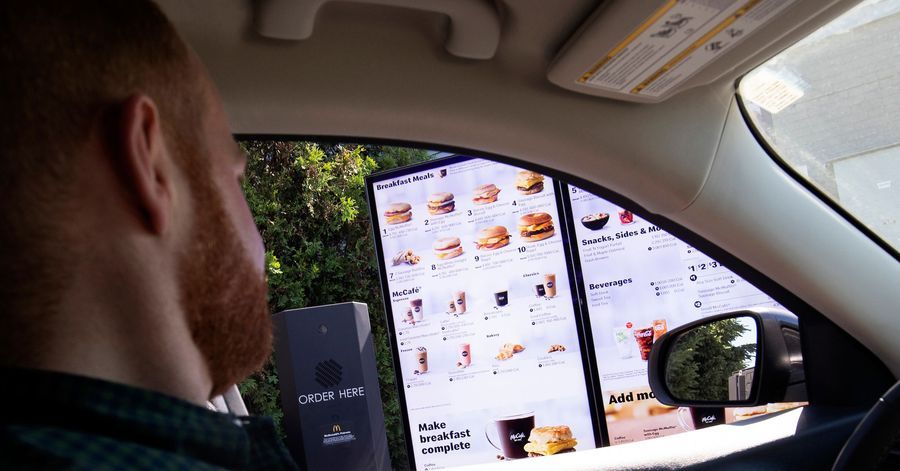
McDonald’s Corp. is designing voice-activated drive-throughs and robotic deep-fryers as the burger giant works to streamline its menu and operations to speed up service.
The company is testing voice-recognition software at a drive-through in suburban Chicago. Inside the restaurant, a robot also tosses chicken, fish and fries into vats of oil. Both technologies are meant to shorten customer wait times that executives acknowledge have grown in recent years. McDonald’s also has stopped serving some burgers and given franchisees…
To Read the Full Story.
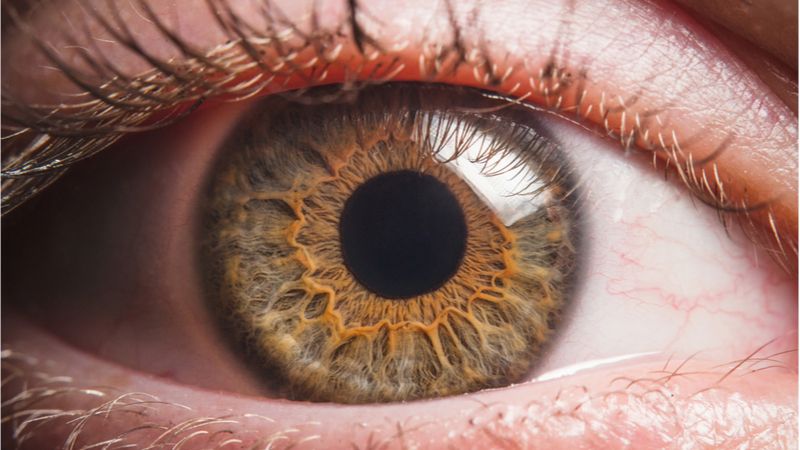
Gensight Biologics, a company researching – among other things – the movement of mitochondrial genetic information to the nucleus to treat hereditary genetic diseases (a strategy that could also have an impact on aging according to the SENS Research Foundation), has recently released data for its latest trial of GS010, a therapy against the blindness-causing genetic disease LHON.
Note: Patrick Deane holds shares in Gensight Biologics (EPA: SIGHT).

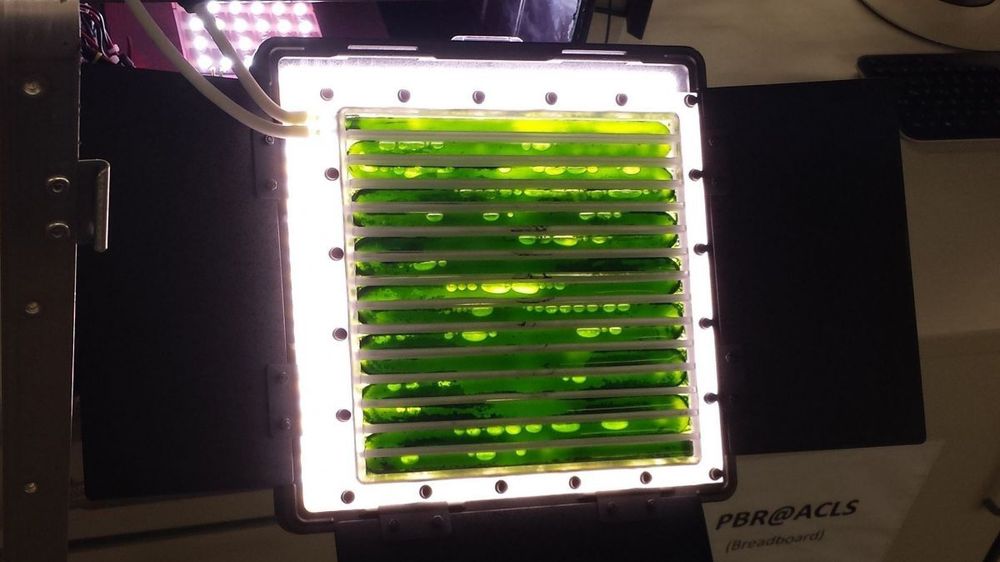
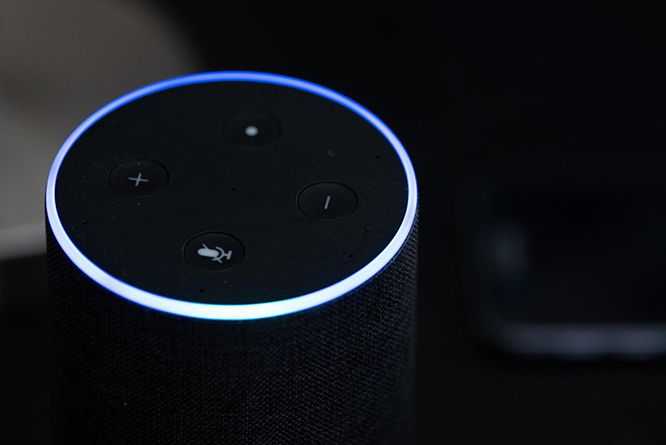
Researchers at the University of Washington have used machine learning to teach an AI system to identify when someone is having a cardiac arrest. The system learned to identify agonal breathing, which occurs when someone gasps for breath during cardiac arrest, with a high degree of accuracy. The technology can be embedded into a variety of listening devices, such as smart speakers or smartphones, to alert authorities and loved ones to someone having a heart attack while they sleep.
Approximately half a million Americans die from cardiac arrest annually. Cardiac arrests often happen while someone is at home in bed. This is particularly dangerous, as there is likely to be no-one around, or no-one awake, to help.
Now, researchers have developed an AI system that can work through smart speakers or a smartphone to monitor for signs of a cardiac arrest while someone sleeps. The system listens for something called agonal breathing, which occurs in about 50% of people who experience a cardiac arrest, and patients who demonstrate this characteristic gasping often have a better chance of surviving.